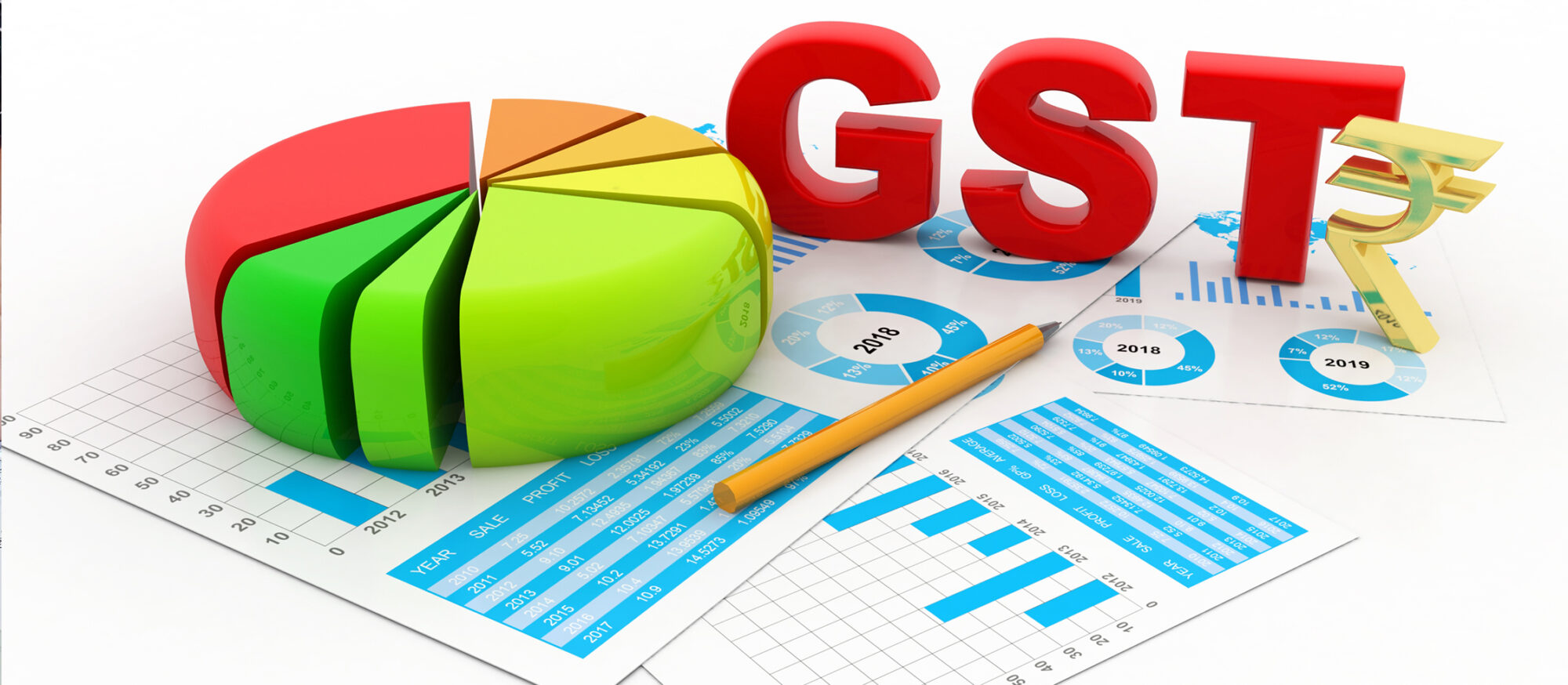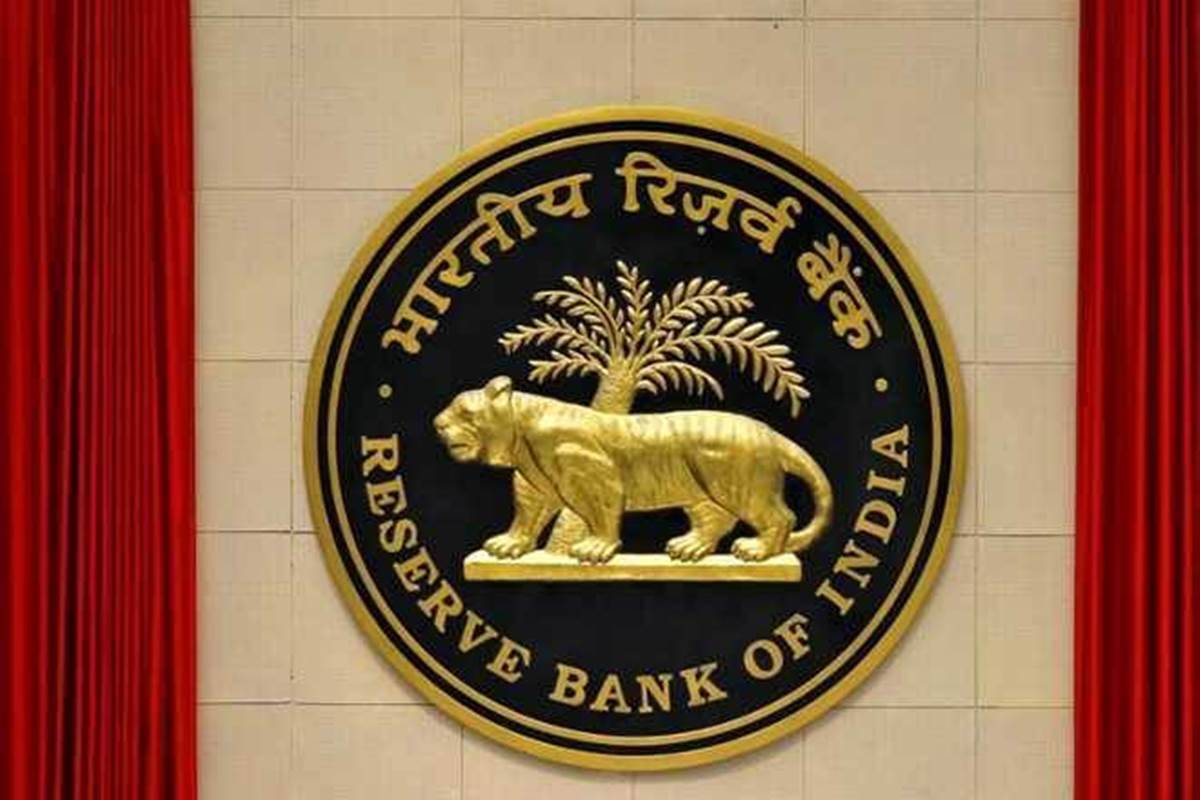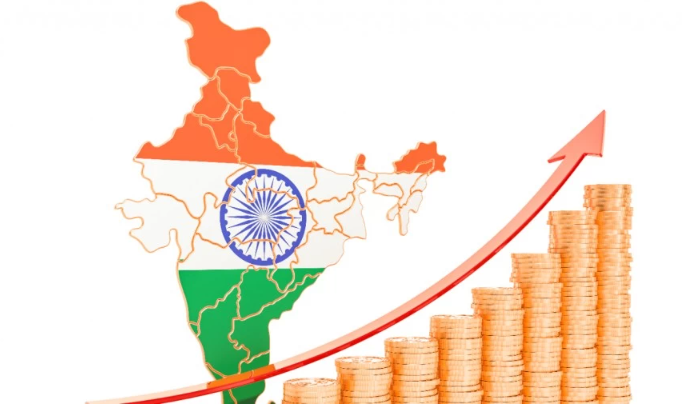
1 July, 1991 & 1 July, 2017
- August 8, 2023
- 0
July 1 is an important date in the history of the Indian economy. It was on July 1, 1991 that Dr. Manmohan Singh, the then finance minister, launched economic reforms starting with the devaluation of the Indian rupee.
When the minority government of Narasimha Rao was formed on June 21, 1991 after the general elections very few expected major initiatives. Most people knew that there was a Balance of Payment crisis, as the previous government had shipped gold from the Reserve Bank of India to the Bank of England. Still, the two-stage devaluation of the Indian rupee on July 1 and 3, 1991, within days of formation of the new government, came as a surprise.
On July 4, 1991, P Chidambaram, the then commerce minister, unveiled trade reforms, abolishing direct export subsidies, and import licensing for most goods. On July 24, 1991, the government abolished industrial licensing for all practical purposes, and made foreign direct investment and sourcing technology from foreign parties much easier. On the same day, the Union Budget was presented, substantially cutting the import duties and income tax rates. The road ahead was clear and subsequent governments have taken forward the reforms agenda allowing a major role for the private sector in the economy.
1 जुलाई भारतीय अर्थव्यवस्था के इतिहास में एक महत्वपूर्ण तारीख है। यह दिन जब 1 जुलाई, 1991 को डॉ. मनमोहन सिंह, तब के वित्त मंत्री, ने भारतीय रुपये की मूल्यमान को कम करके आर्थिक सुधारों की शुरुआत की थी।
नरसिंह राव की अल्पमत सरकार 21 जून, 1991 को आम चुनाव के बाद गठित हुई थी और बहुत कम लोगों को किसी बड़ी पहल की उम्मीद थी। ज्यादातर लोग जानते थे कि बैलेंस ऑफ पेमेंट क्राइसिस थी, क्योंकि पिछली सरकार ने भारतीय रिजर्व बैंक से सोने को बैंक ऑफ इंग्लैंड को भेज दिया था। फिर भी, नई सरकार के गठन के कुछ ही दिनों में 1 और 3 जुलाई, 1991 को भारतीय रुपये की द्विस्तरीय मूल्यमान कम करना एक अचरज था।
4 जुलाई, 1991 को, तब के वाणिज्य मंत्री पी चिदंबरम ने व्यापार सुधारों की शुरूआत किया, सीधे निर्यात सब्सिडीज़ को समाप्त कर दिया, और अधिकांश सामानों के लिए आयात लाइसेंस भी समाप्त कर दी। 24 जुलाई, 1991 को, सरकार ने औद्योगिक लाइसेंस को सभी व्यावहारिक उद्देश्यों के लिए समाप्त कर दिया, और विदेशी सीधी निवेश और विदेशी पक्ष से तकनीक को प्राप्त करना बहुत आसान बना दिया। उसी दिन, यूनियन बजट पेश किया गया, जिसमें आयात शुल्क और आयकर दरें काफी कम कर दी गई। आगे का मार्ग स्पष्ट था और आगामी सरकारो ने अर्थव्यवस्था में निजी क्षेत्र को मुख्य भूमिका देने के साथ सुधारों की योजना को आगे बढ़ाया है।
1 July, 2017
It was on July 1, 2017 that the Goods and Services Tax (GST) regime was introduced by the Union and state governments. In 2017, the GST regime was launched with much fanfare but technological glitches and legal flaws led to chaos in the initial few months.
Thereafter, many problems were sorted out and now the trade is much happier with the GST regime. The introduction of e-invoicing and e-way bills have made life easier for the taxpayers and helped curb tax evasion. Most small industries and businesses that deal with larger companies have graduated to the formal sector.
The GST collections have shown an upward trend, although the relatively high GST rates have squeezed the consumers. The goods are moving faster across state borders. There are fewer instances of highhanded actions of the GST field formations.
The GST Council, consisting of finance ministers of all states and the Union government has, barring exceptions, found ways to take decisions through consensus. Exporters are getting their refunds quickly under the GST regime but they are quite upset with the government’s irrational stand on pre-import condition under advance authorizations, and inane restrictions on refunds in certain situations. Some issues such as bringing petroleum products under the GST regime, setting up of tribunals, irksome restrictions on taking input tax credit, routine issue of show cause notices based only on data from the GST network, etc, persist.
1 July, 2017
1 जुलाई, 2017 को गुड्स एंड सर्विसेज टैक्स (जीएसटी) व्यवस्था का आरंभ संघ और राज्य सरकारों ने किया था। 2017 में, जीएसटी व्यवस्था का आगाज बड़े हर्षाेल्लास के साथ किया गया था, लेकिन तकनीकी खामियों और कानूनी दोषों के कारण प्रारंभिक कुछ महीनों में हलचल मच गई थी।
इसके बाद, कई समस्याएं सुलझा दी गईं और अब व्यापारियों को जीएसटी व्यवस्था के साथ बहुत खुशी हो रही है। ई-इनवॉइसिंग और ई-वे बिल के लागू होने से करदाताओं के लिए जीवन आसान हो गया है और कर चोरी को रोकने में मदद मिली है। ज्यादातर छोटे उद्योग और व्यापार जो बड़ी कंपनियों के साथ डील करते हैं, आधिकारिक क्षेत्र में उतरोत्रर ढल गए हैं।
जीएसटी वसूली में बढ़ता हुआ रुझान साफ नजर आ रहा है, हालांकि उच्च जीएसटी दरें उपभोक्ताओं को संकुचि़त कर रही हैं। माल का परिवहन राज्यों के बीच तेजी से हो रहा हैं। जीएसटी क्षेत्र में तात्कालिक जमीनी कार्रवाईयों के कम मामले हो रहे हैं।
जीएसटी परिषद, जिसमें सभी राज्यों और संघ सरकार के वित्त मंत्रियों होते हैं, निरंतर सहमति के माध्यम से फैसले लेने के तरीके खोज रही है। जीएसटी व्यवस्था के तहत निर्यातकों को जल्दी से रिफंड मिल रहे हैं लेकिन उन्हें अग्रिम अनुमतियों के तहत पूर्व-आयात स्थिति पर सरकार के असंवेदनशील व्यवहार और कुछ स्थितियों में रिफंड पर अव्यावहारिक प्रतिबंध के लिए नाराजगी हैं। कुछ मुद्दे जैसे पेट्रोलियम उत्पादों को जीएसटी व्यवस्था के अंतर्गत लाने, अदालतों की स्थापना, इनपुट टैक्स क्रेडिट लेने पर दिक्कतग्रस्त प्रतिबंध, जीएसटी नेटवर्क से केवल डेटा पर आधारित नोटिसों का मुद्दा, इत्यादि अभी भी बना हुआ है।
TNC Raja Gopalan

































































